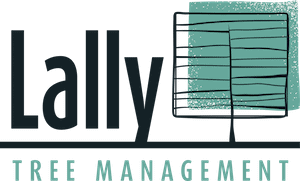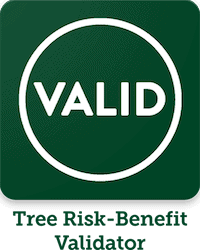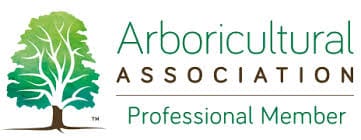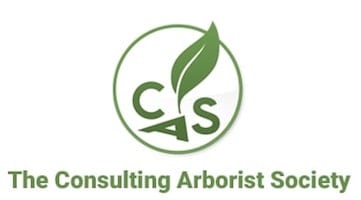BS5837 Tree Surveys, Arboricultural Impact Assessments and Arboricultural Method Statements in the Manchester Area
Our BS5837 Tree Report Process
BS5837 (or British Standard 5837:2012) is the essential guidance for the management and protection of trees during development projects, whether that be a small extension at a private residence or the construction of 1000+ new homes. This standard establishes a framework for the assessment of any potentially affected trees & relates this assessment to the construction activities ensuring that the trees and the environmental/amenity value that the trees provide are preserved while allowing for sustainable development.
Key Components of BS5837
Tree Surveys for Planning Permission and Development
Tree surveys must be conducted by qualified professionals and include the following elements:
- Tree Identification: Detailed records of species, age, height, crown dimensions and trunk diameter.
- Tree Identification: Detailed records of species, age, height, crown dimensions and trunk diameter.
- Health Assessment: Evaluation of the physiological condition and structural integrity of each tree.
- Health Assessment: Evaluation of the physiological condition and structural integrity of each tree.
- Retention Value: Classification of trees into categories based on the BS5837:2012 framework.
- Retention Value: Classification of trees into categories based on the BS5837:2012 framework.
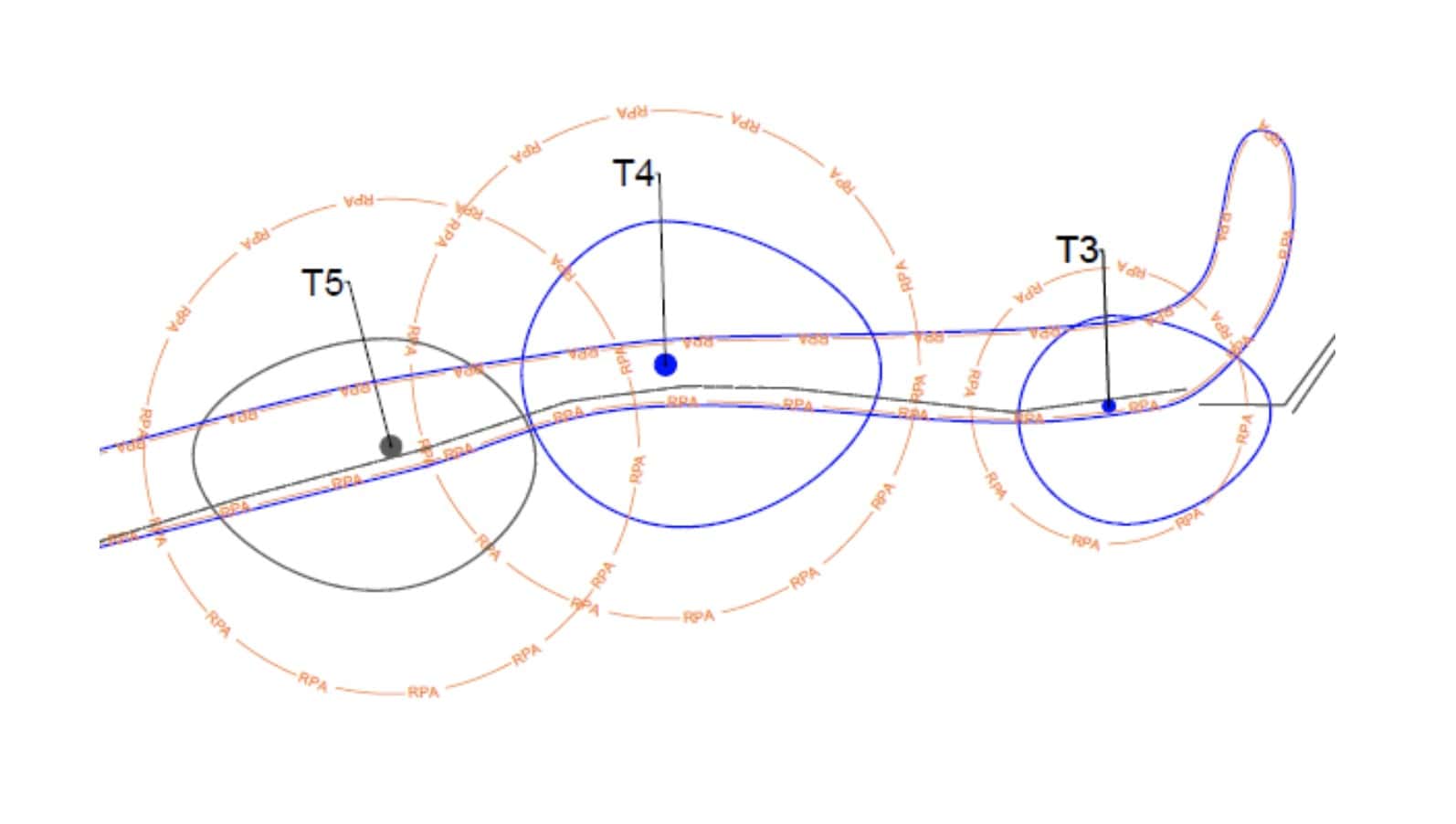
Arboricultural Impact Assessments (AIA)
The impact assessment process involves:
- Identification of Constraints: This stage uses the data collected in the tree survey to create a tree schedule and a tree constrains plan. The plan accurately shows the trees positions, their root protection areas, stems and canopies on a plan (usually based on a topographical survey). This plan will help the design process by showing how the trees may constrain a development if the trees are to be retained.
- Evaluation of Impacts: The proposed designs are then overlaid onto the tree constraints plan to show how the design will impact he trees on the site. Assessing both direct impacts, such as root damage, canopy pruning requirements, and indirect impacts such a shading issues will be included in this phase.
- Mitigation Strategies: Developing strategies to minimise adverse effects, including re-routing of services and adjusting construction techniques or suggesting the relocation of some structures will be included. Outlining any trees to be removed and required mitigation planting will be a core part of this section.
Arboricultural Method Statements (AMS)
The Arboricultural Method Statement is created when the designs have been finalised. The idea behind AMS is to outline how the trees are going to be protected during the construction phase. This document will normally be the document of most interest to the local planning authority, as it will normally form part of the condition of any permission. The reason for this is that it will outline what trees are to be removed, what is to be retained and how the retained trees are to be protected. This document must be communicated to the site contractor so they know how to protect the trees during the construction. This document includes the following:
- Tree Removal Plans: Detailed diagram showing trees to be removed and retained. This plan will also show areas of the trees crowns to be pruned.
- Monitoring Protocols: Procedures for ongoing assessment throughout the construction process, ensuring any unforeseen impacts are promptly addressed.
Compliance and Best Practices for Development Planning Reports
Adhering to BS5837:2012 is not merely a regulatory requirement; it is a commitment to sustainable development that respects natural assets. It encourages collaboration among architects, developers, and arboriculturists to foster an integrated approach to land use planning. By prioritising tree conservation, developments can enhance biodiversity, improve air quality, and create visually appealing environments that benefit both current and future generations.
Matthew Lally has been working with trees since 2005, if you would like to call on his expertise for your development then please don’t hesitate to get in touch to discuss your planning requirements.
Frequently Asked Questions (FAQs) - BS5837 Tree Reports for Planning
What is a BS5837 tree report?
A BS5837 tree report, also known as a tree survey for planning, is a detailed assessment of the trees on or adjacent to a development site. It’s conducted in accordance with the British Standard BS5837:2012 ‘Trees in relation to design, demolition and construction – Recommendations’.
Learn more about these reports here
Why is a BS5837 tree report required for planning permission?
Local planning authorities often require a BS5837 report to ensure that development proposals take into account the presence and value of existing trees. This helps to protect trees that are important for amenity, biodiversity, and the local environment, and ensures that development can proceed sustainably.
When should a BS5837 tree survey be carried out?
A BS5837 tree survey should be one of the first steps in the development process, ideally before detailed designs are drawn up. This allows the findings of the survey to inform the layout and design of the proposed development, minimizing potential conflicts with trees
Who can carry out a BS5837 tree survey?
BS5837 tree surveys should be undertaken by a qualified and experienced arboriculturist who has the necessary knowledge and expertise to accurately assess trees and provide appropriate recommendations in line with the British Standard.
What information does a BS5837 tree report typically include?
A BS5837 report generally includes:
- A survey of all relevant trees on and adjacent to the site.
- Categorization of trees based on their quality and value (A, B, C, U).
- A tree constraints plan (TCP) showing the location, crown spread, and root protection areas (RPAs) of trees.
- Recommendations for tree retention, removal, and protection measures during development.
- An arboricultural implications assessment (AIA) outlining the potential impact of the proposed development on trees.
- Where necessary, preliminary advice on tree works and landscaping.
What are tree categories A, B, C, and U in a BS5837 report?
These categories are used to assess the quality and value of trees:
- Category A (High quality): Trees of high quality and value with an estimated remaining life expectancy of at least 40 years.
- Category B (Moderate quality): Trees of moderate quality and value with an estimated remaining life expectancy of at least 20 years.
- Category C (Low quality): Trees of low quality and value with an estimated remaining life expectancy of at least 10 years, or young trees with a stem diameter below 150mm.
- Category U (Unsuitable for retention): Trees in such a condition that they cannot realistically be retained as living trees in the context of the current
land use for longer than 10 years.
Do Lally Tree Management provide BS5837 tree reports for planning permission?
Yes, Lally Tree Management specializes in providing comprehensive BS5837 tree reports and surveys to support planning applications in Manchester, Stockport, Cheshire, and the surrounding areas in the North West
What areas do Lally Tree Management cover for BS5837 tree surveys?
We provide our BS5837 tree survey services across Manchester, Stockport, Cheshire, and the surrounding areas. Please contact us to confirm if we cover your specific location.
How much does a BS5837 tree report cost?
The cost of a BS5837 tree report can vary depending on several factors, including the size and complexity of the site, the number of trees to be surveyed, and the specific requirements of the planning authority. Please contact us for a tailored quotation based on your project.
How long does it take to receive a BS5837 tree report?
The timeframe for completing a BS5837 tree report will depend on the scale of the survey and our current workload. We aim to provide efficient and timely services. Once we have assessed your requirements, we will be able to give you an estimated turnaround time.
What happens after the BS5837 tree survey is completed?
Following the survey, we will compile a detailed BS5837 report, including the tree schedule, tree constraints plan, and arboricultural implications assessment. We will then provide you with the report, which you can submit as part of your planning application. We are also available to provide further advice and support as your project progresses.
The Process For A Tree Survey In Manchester
Step 1 - Collection of Information
Once we have been provided with the necessary information related to the tree survey BS5837 you require – such as the site size and address, we can give you a free, fixed quote that carries no obligation. (No Visit to Site Required).
Step 2 - Free, Fixed Quote Provided
Happy with the quote? Simply accept it and we will find a day that’s perfect for you so that we can carry out the tree survey BS5837 without any issues.
Step 3 - Survey Carried Out & Tree Report Provided
Once the BS5837 tree survey has taken place at the agreed time, both the Arboricultural Impact Assessment & the report will be made available in a timely fashion.
Enjoy a High Quality BS5837 Tree Surveys With An Arboricultural Impact Assessment In Manchester With Friendly Service at a Great Price from Qualified Professionals
Recommendations for Lally Tree Management
Leo, Woodfelder Tree Care Limited
Reach Us
If you would like to chat to us to discuss a tree survery BS5837, you can contact us:
32 Thirlmere Road Urmston, Manchester M41 8PP
Send Us a Direct Message - We Will Respond ASAP
Pricing Guide – Tree Survey In Manchester
While all tree surveys in Manchester need to be quoted for individually, the information below will give you an approximate idea of our charges.
BS5837 Tree Survey For Planning
Prices From- Onsite survey and tree categorisation in line with BS5837
- Unchanged:
- Arboricultural Impact Assessment
- Unchanged:
- Arboricultural Impact Assessment
- Unchanged:
- Arboricultural Method statement
- Unchanged:
- Arboricultural Method statement
- Unchanged:
- The creation of a Tree Constraints Plan, a Tree Removal plan & a Tree Protection Plan
